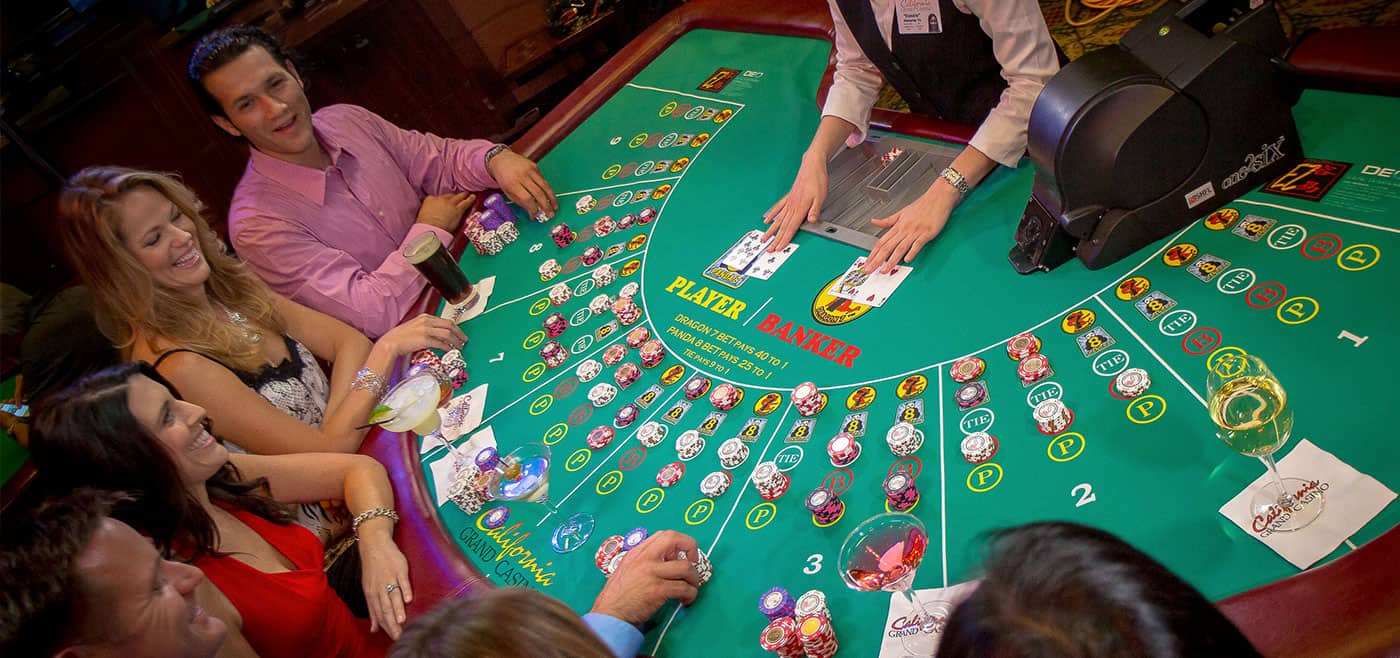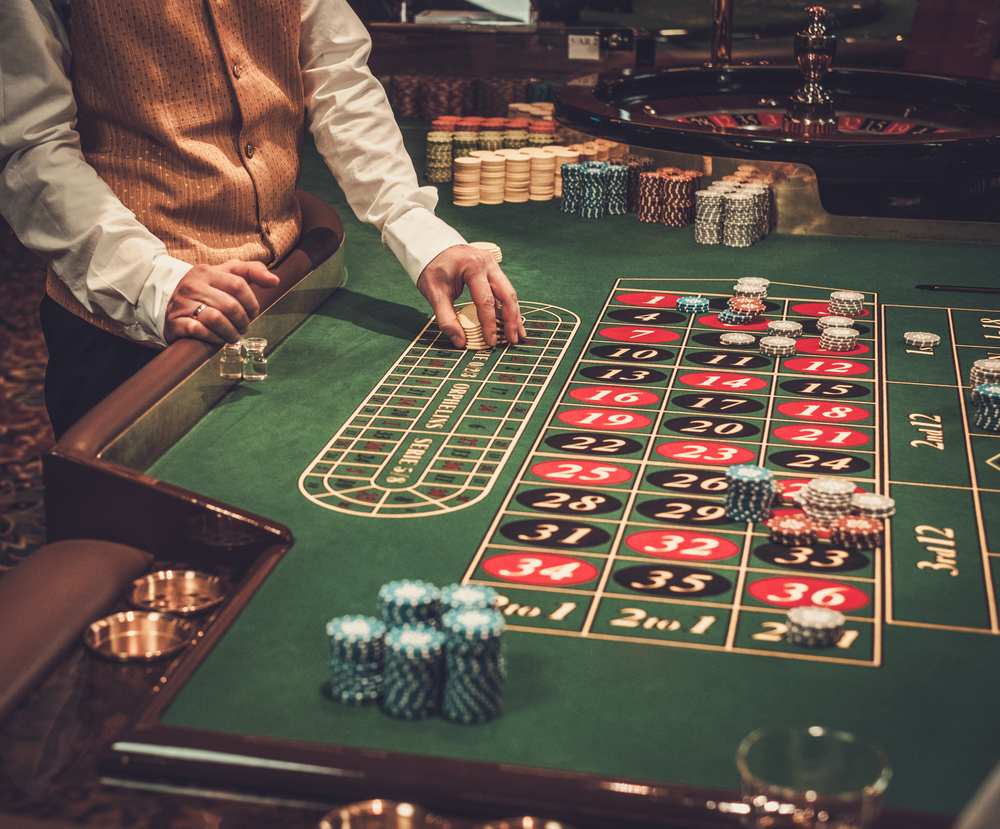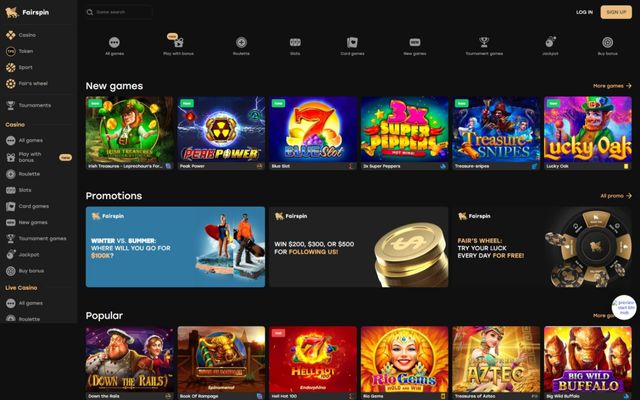
Estás a punto de iniciar a descubrir el juego Aviator, donde los vueltas gratis y las características de premio añaden entusiasmo a tu experiencia. Controlar la mecánica del juego resulta intuitivo, pero a la vez ofrece la adrenalina de la imprevisibilidad. Controlar estas funciones puede aumentar enormemente tu experiencia de juego. ¿Te interesa descubrir consejos estratégicos para apostar y desentrañar los aspectos ocultos del juego? Adentrémonos en los cielos y veamos qué hace que este trayecto sea verdaderamente fascinante. aviator online
Puntos clave
- Experimenta emocionantes experiencias aéreas gracias a la exacta simulación de vuelo del juego Aviator.
- Explora características adicionales que se adaptan a varios modos de juego para un mejor control y más oportunidades.
- Los giros gratis brindan oportunidades tácticas para obtener grandes recompensas mediante el identificación de tendencias y la sincronización.
- La interesante mecánica de juego se centra en predecir movimientos para hacer jugadas estratégicas.
- Disfruta de una combinación de respeto histórico y emociones de vuelo modernas en simulaciones inmersivas.
Desata la emoción del aire
Cuando se trata de desatar la adrenalina del vuelo, vivir las aventuras aéreas del juego Aviator es como ponerse en la piel de un piloto desde la comodidad del salón de casa.
Esta vivencia inmersiva se adentra en la rica historia de la aviación, ofreciéndote la posibilidad de conectar con las legendarias historias de pilotos valientes. La precisa simulación de aviación del juego captura la naturaleza de surcar los cielos, dándote liberar a tu imaginación.
Podrás gozar de la adrenalina de pilotar entre nubes virtuales, tal como lo hicieron los pioneros con mecanismos rudimentarios. Al jugar con el juego Aviator, no solo participas, sino que descubres el revolucionario viaje de la progresión de la aviación.

Es una cautivadora fusión de reverencia histórica y emoción moderna.
Comprender la dinámica del juego
Para valorar completamente el juego Aviator, es fundamental investigar su dinámica de juego, que actúa como base de tu experiencia de vuelo.
Profundizar en la dinámica básica te facilita desarrollar estrategias de juego relevantes. La simplicidad del juego es su punto fuerte, lo que permite a jugadores como tú centrarse en hacer sus jugadas en el instante preciso.
Anticipar cuándo el aeronave despegará o descenderá en picado establece las fundamentos para tus decisiones tácticas.
El cálculo de la puntuaje depende de tu habilidad para evaluar con precisión los riesgos y las recompensas. Tu éxito potencial no es solo cuestión de suerte; es el fruto de una vigilancia atenta y una estrategia bien planificada.
A medida que domines la dinámica, cada despegue se transformará en una emocionante oportunidad para escaparte de la monotonía del juego.
Este juego brinda más que entretenimiento: promete entrenamiento y dominio.
Explorando por las funciones extra
Una vez que domines la mecánica fundamental del juego Aviator, estarás preparado para descubrir sus fascinantes funciones extra. Estas no son meramente mejoras; son estrategias clave para mejorar tu vivencia de juego. Para dominarlas, necesitarás perspicacia y un toque de valentía.
Comienza por investigar tácticas de bonificación que se adapten a tu forma de juego. ¿Anhelas ganancias constantes o prefieres arriesgarlo todo por apasionantes premios? Existe una forma de mejorar tu táctica para cada método, así que elige con criterio.
Interactúa con componentes interactivos que incrementan tu control y utilizan factores para lograr efectos exponenciales. Cada función es clave para revelar tu capacidad; te anima a ir más lejos de lo común.
¡Desata tu partida controlando estos factores y asegurando que cada sesión esté repleta de entusiasmo y posibilidades!
Liberando el poder de los giros gratis
Las tiradas libres brindan una posibilidad tentadora en el partida Aviator, donde tienen el potencial de convertir lo ordinario en un ámbito de capacidad abundante. Son un faro para los jugadores que buscan liberarse de las limitaciones típicas del partida.
Para aprovechar al máximo este potencial, requiere estrategias eficaces para los tiradas gratis. Céntrate en patrones que optimicen las recompensas, asegurándote de que cada tirada te aproxime más a tus objetivos.
Saber cuándo jugar tus giros y cuándo arriesgarlo todo o retirarte enriquece tu experiencia. Con un empleo táctico, los tiradas gratis potencian tu partida y te liberan de la monotonía.
No se basa solo de azar; se basa de crear un sistema para la aparente locura, garantizando que cada giro prometa una gran recompensa. Empléalas con inteligencia.
Consejos para optimizar tu juego
Al involucrarte en el partida Aviator, perfeccionar tus habilidades podría marcar la diferencia entre una sesión regular y una vivencia satisfactoria. Implementa tácticas de juego para obtener una superioridad en tu partida.
Analiza modelos y fluctuaciones; apostar sin reflexionar no conduce a ningún lado. Jugar tácticamente requiere evaluar el peligro y ser flexible. Conseguir el instante óptimo es esencial.
No te apresures a sacar tus ganancias; en cambio, considera el progreso en tiempo real. Espera el momento oportuno en el que las chances estén a tu ventaja. Al combinar la intuición con peligros medidos, puedes maximizar tus ganancias.
Adopta una mentalidad sin patrones fijos, conéctate con el juego y libera tu intuición. Mediante la observación aguda y las acciones oportunas, cambiarás tu experiencia en Aviator.
Explorando las maravillas visuales y los gráficos
Si bien https://www.ibisworld.com/classifications/naics/713940/fitness-and-recreational-sports-centers perfeccionar tu táctica de juego puede mejorar tu experiencia en Aviator, los aspectos visuales del juego también son muy llamativos. Sus asombrosos gráficos atraen los sentidos y ofrecen una experiencia envolvente que va más allá de la mera mecánica de juego.
Cada detalle está meticulosamente elaborado, desde la radiante paleta de colores hasta las elegantes animaciones, ofreciéndote una sensación de vuelo. Al explorar por la interfaz, los gráficos suaves te permiten libre, casi como si te elevaras por encima de las limitaciones.
La fusión de un diseño ingenioso y una navegación fluida te invita a descubrir nuevas tácticas, promoviendo un balance entre la habilidad analítica y la creatividad interpretativa. Estas sorpresas visuales no son solo un fondo; son cruciales para construir un ambiente interesante donde tu espíritu de juego pueda desplegarse libremente.




















